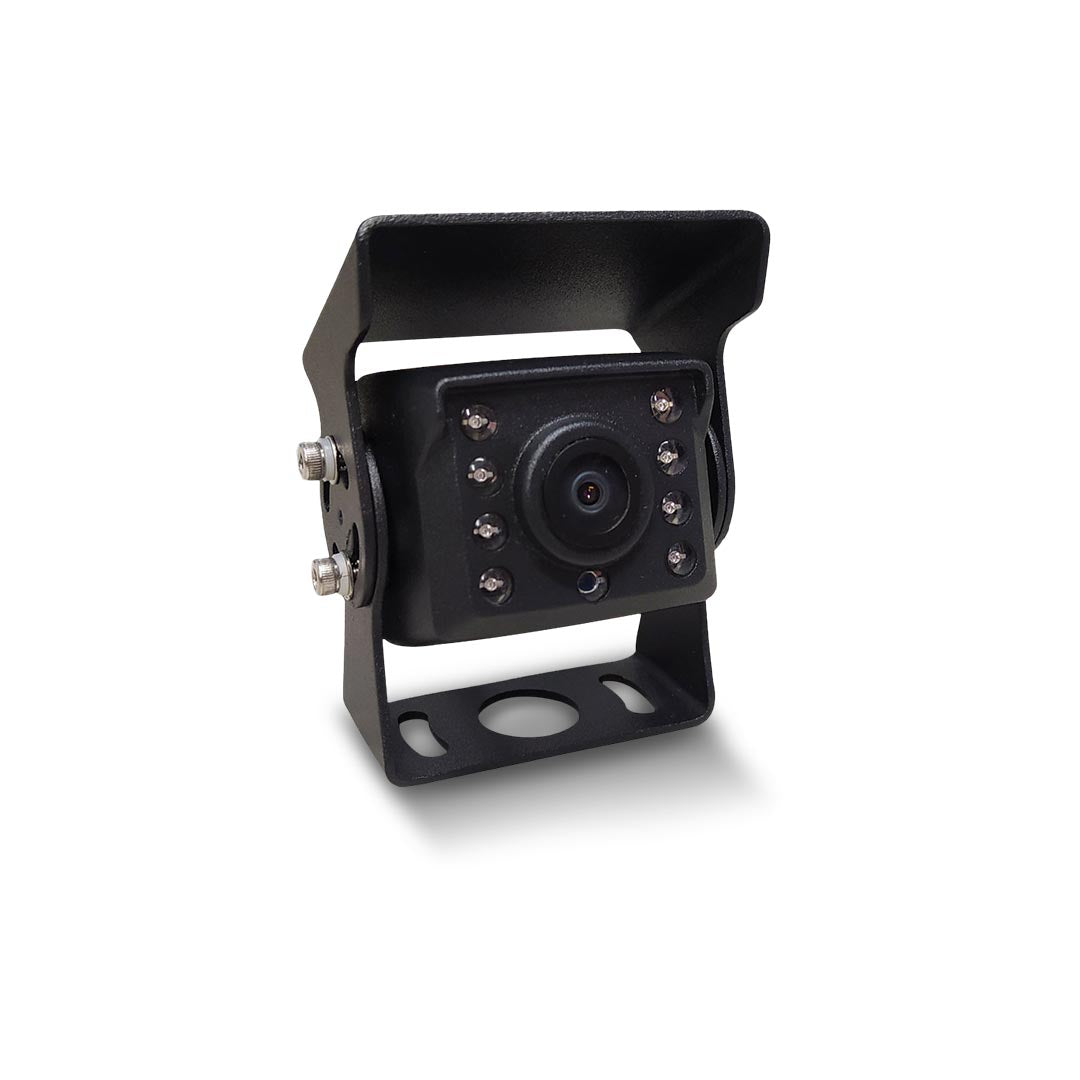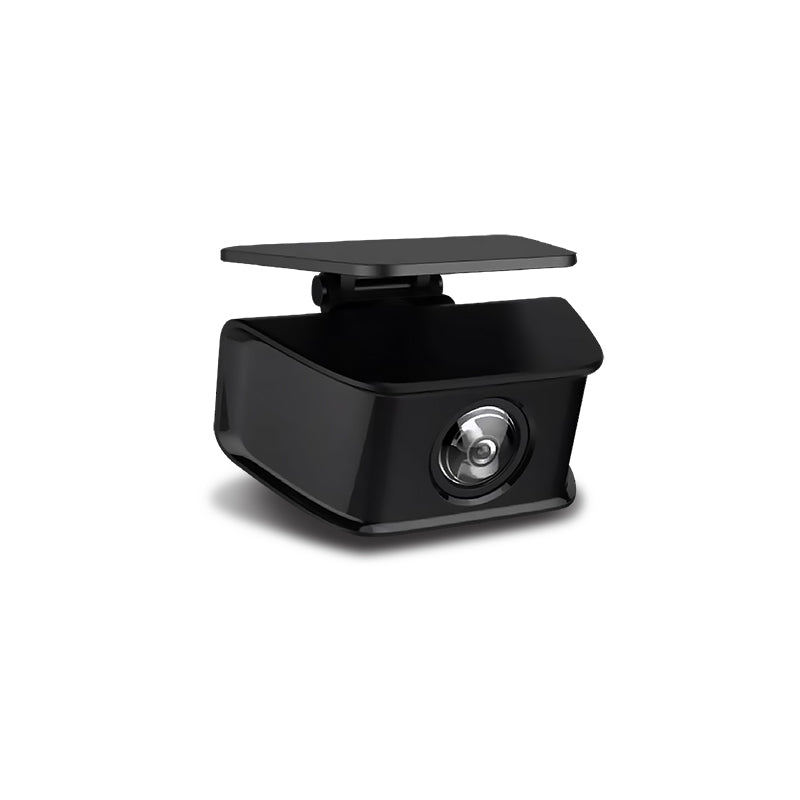The Benefits and Installation of Rear View Mirror and Monitor Kits Featuring Leading Brands
As automotive technology advances, rear view mirror and monitor kits have become essential for enhancing vehicle safety and convenience. These kits not only improve visibility but also significantly boost parking ease and accident prevention. This comprehensive guide will delve into the benefits, types, and installation processes of rear view mirror and monitor kits, while highlighting products from leading brands such as Parkmate, Gator, Axis, DNA, Kenwood, and Aerpro.Understanding Rear View Mirror and Monitor Kits
Rear view mirror and monitor kits typically include a camera mounted at the rear of the vehicle and a display integrated into the rear view mirror or on the dashboard. Activating automatically in reverse gear, these systems provide a live, expanded view of the space behind the car, crucial for safe maneuvering and parking.Benefits of Rear View Mirror and Monitor Kits
- Enhanced Visibility: Kits from brands like Parkmate and Kenwood offer wider fields of view and superior low-light performance, eliminating blind spots and enhancing night visibility.
- Increased Safety: Systems from Gator and Axis help detect small objects or moving children behind the vehicle, drastically reducing backup accidents.
- Ease of Parking: Features like on-screen guidelines from DNA and Aerpro kits aid drivers in tight parking spots, making navigation easier and safer.
- Integration with Safety Features: Many systems can integrate with existing vehicle safety features, providing a holistic safety network.
Types of Rear View Mirror and Monitor Kits
- Mirror Replacement Kits: Brands like Parkmate and Kenwood offer kits that replace the standard rear view mirror with one featuring an integrated monitor. These maintain a traditional look with hidden screens when not in use.
- Clip-On Mirror Monitors: For those who prefer not to replace their mirror, Gator and Aerpro provide clip-on monitors that overlay the existing rear view mirror, featuring embedded displays.
- Dashboard Monitors: Axis and DNA specialize in dashboard-mounted monitors, which are suitable for larger vehicles where more dashboard space is available.
Installation Process
The installation process can vary by vehicle and kit complexity. Below is a general outline:- Camera Installation: Secure the camera, typically near the license plate. Brands like Kenwood offer high-resolution cameras for optimal rear visibility.
- Wiring: Route the camera wires to the front, ensuring they are secure and protected. Connect these to the monitor, whether it's in the mirror or on the dashboard.
- Monitor Installation: Replace or attach the new mirror with integrated monitors from brands like Parkmate, or install a clip-on or dashboard monitor from Gator or Axis.
- System Testing: After installation, test the system to confirm it operates correctly. Adjustments might be necessary to optimize the camera angle.
Choosing the Right Kit
Consider these factors when selecting a rear view mirror and monitor kit:- Vehicle Compatibility: Ensure the kit fits your vehicle model.
- Screen Size and Quality: Larger screens generally provide better visibility. Brands like Kenwood and Aerpro are known for high-resolution displays.
- Camera Quality: Opt for cameras with excellent low-light performance and wide viewing angles, as offered by Parkmate and Gator.
- Ease of Installation: Some kits are DIY-friendly, while others might require professional installation.























































